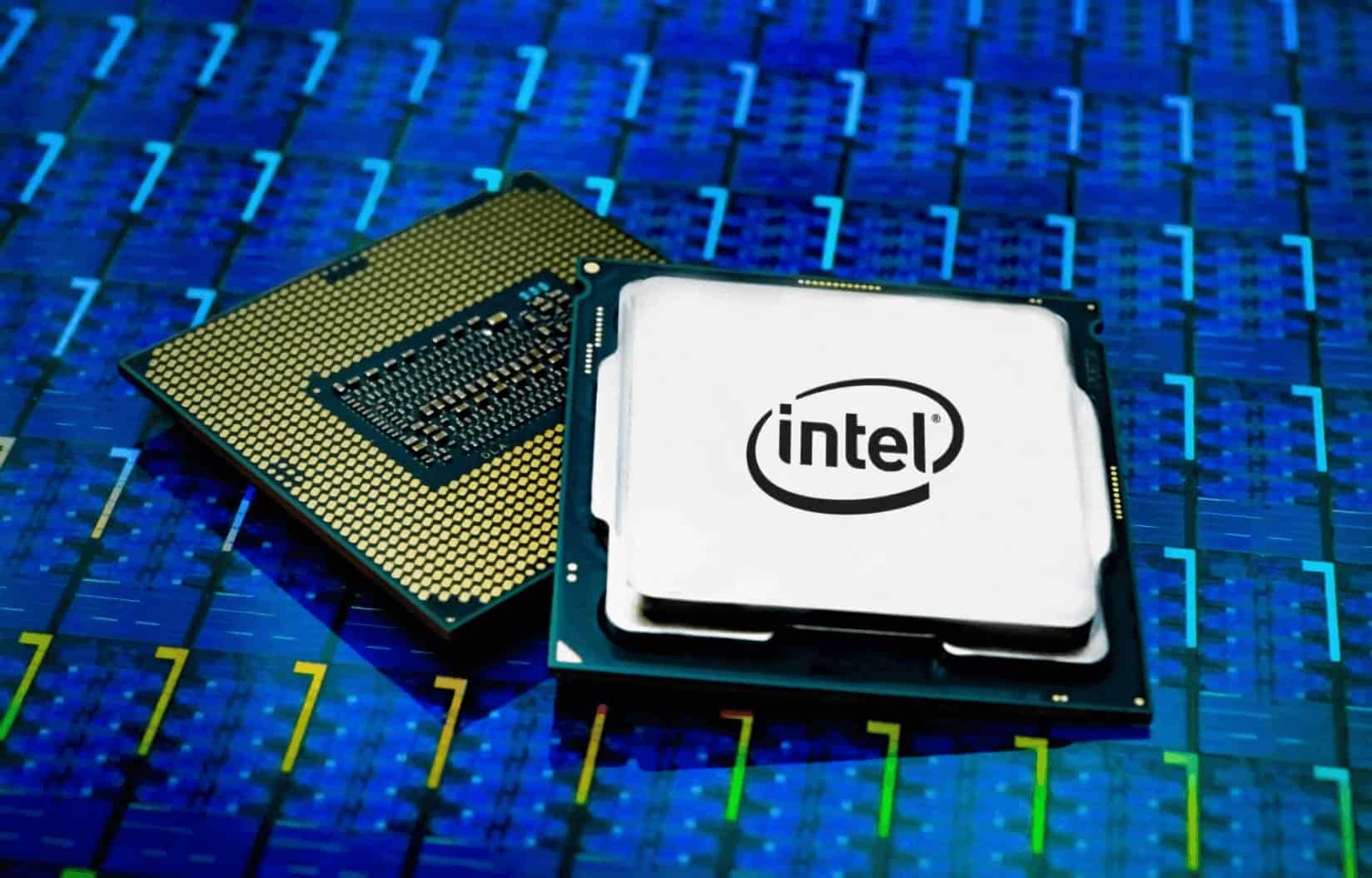Physiotherapists are starting to warn against the side effects of sitting down? Let’s be honest it’s something not many of us want to hear. But it’s true, sitting down for long periods has been linked to postural dysfunction and back pain, and a recent article published by a South Perth Physio claims that 1 in 2 people who spend a lot of time sitting or slouching are likely to suffer from some form of ongoing back pain. So what is really going on here? Should we be spending less time on the couch?
Watch out for developing chronic symptoms
The Australian Institute of Health and Welfare says that chronic back problems affect 16% of Australians and contribute to 28% of those with a disability. That’s a fair few of us, and with the increasing number of people working from home over the past year, it won’t come as a surprise that this problem is only going to get worse over time. It’s not just temporary back pain that is to blame here. It’s chronic conditions that are most likely to end up worsening existing conditions and causing complications. But pain is merely a symptom of multiple possible causes. Below are the most common causes:
Back pain and its many causes
Because the back or ‘lumbar’ region is a complex system of bones and important muscles, that, unfortunately, means there’s a lot that can go wrong too. Here are some things you’ll want to avoid:
Muscle Strains and Ligament Sprains
An overwhelming majority of back pain is caused by muscle strains. Around 70% if you want to give it a number. Muscle strains can happen whenever you do something your body isn’t conditioned for. If the muscles or tendons supporting the spine are pulled, overstretched, or twisted either from overuse, stress, or heavy lifting, you can wind up with a strain. If a ligament is overloaded or over-stressed you can end up with a sprain. Expect swelling, aches, and spasms, and in the case of the lower back, reduced mobility. Don’t expect to be able to twist or lift normally.
Osteoarthritis
Arthritis affects the bones and is a known enemy of the lumbar region. When this disease occurs in the spine, there’s a breakdown of cartilage in the joints or discs in the lower back and neck. Pain and stiffness are only just the beginning, with difficulty moving and reduced mobility and tenderness being common symptoms.
Osteoporosis
This condition affects the bones making them brittle and prone to fractures. At least 1 million Australians suffer from osteoporosis, making it very common, especially in the older population. Some telling signs are the gradual loss of height, weaker grip, and more brittle fingernails.
Sciatica
Sciatica is a compression or irritation of the Sciatic nerve. This nerve starts in the spinal cord and travels from the spine to the lower legs. Its position makes it critical for everyday back usage. Characteristic sciatic symptoms include sharp spasms down the lower back and into the calf.
Stop stressing. Seriously.
Just because stress isn’t as tangible as doing your back lifting a heavy pot, it doesn’t mean it’s any less impactful. And even then it’s probably not the odd lifting you do here and there, rather it is more the lifestyle-related activities over a long period of time. Just like the Physiotherapists in South Perth are predicting, we’re at the mercy of our lifestyle choices – whatever they may be.
Will watching TV give me back pain?
No one is saying that binge-watching Netflix or rewatching the Lord of the Rings is a bad choice, but watching it all hunched over – is quite possibly a bad idea. But it’s not just sitting and watching TV that can cause problems. It’s unsuspecting activities like sitting on your bed and leaning over to work on your laptop and leaning over to use the vacuum cleaner that puts the back muscles under constant stress from bad posture and slouching. This can result in reduced blood supply and cause weakness and stiffness in the lumbar region. Now, the right posture is different for everyone so we don’t have to be too pedantic, but let’s be sensible about some of the odd postures we get into to watch t.v. and use our phones and tablets.
It’s not just sitting on the couch – it’s what you’re eating too
It’s true. Diet is key when fighting off back pain. Obesity not only affects how we use our bodies every day, but it also reduces the ability of our bodies to get the correct nutrient intake and can result in weaker bones. The excess weight pulls down on the front abdominal region placing strain on the spine and lower back area, exacerbating existing conditions and causing pain, fatigue, and weakness.
Overcoming back pain
Getting the right help is crucial if you’re getting motivated to overcome back pain. Get moving, eat right, and listen to your physio for back pain exercises and tips on how better to manage symptoms. It all starts with taking a look at your habits and pinning down the ones you want to lose and then stick to them.









